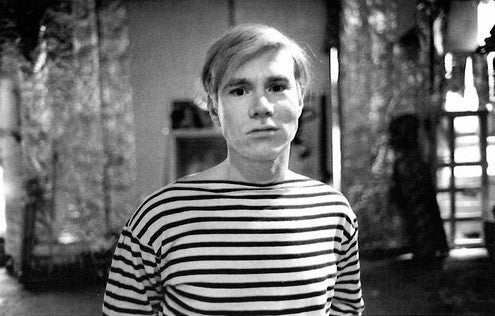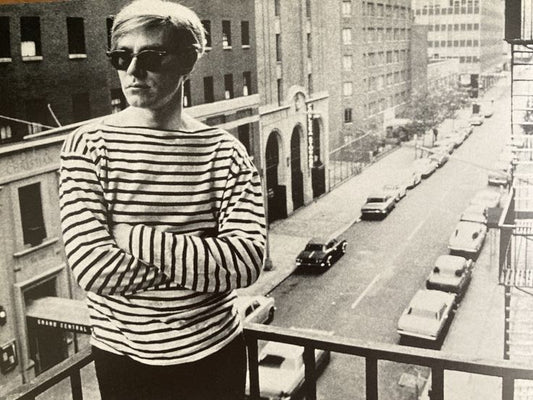I think it's interesting to know the history of what you wear, so today I'll summarize how the Marinière was born.
"La Marinière", also referred to as "tricot rayé" (striped sweater), it's a garment with a rich history that begins in Brittany. The French striped top has made its way through major fashion houses in Paris and into wardrobes around the world. Let's look at some details of its rise to classic French status.
If today they are very trendy and recall a fashionable and carefree atmosphere, a bit like the "good life", stripes in the past were anything but an elegant or sophisticated motif. The historian and anthropologist Michel Pastoureau in his booklet "The Devil's Cloth. A history of stripes and striped fabrics" tells us that during the Middle Ages striped clothing was associated and imposed on the most humble social categories: jesters, prisoners and even prostitutes, as a distinctive and obviously visually discriminatory motif. Just think of the striped uniform of convicts and then, centuries later, that of prisoners in labor camps.

Origins Of The Marinière
The striped top was first worn by quartermasters and seamen in the French Navy in the mid 1800s. It was the uniform undershirt of the French Navy. Many sailors in the French Navy were from Brittany, the northwestern most region of France, a peninsular extending out toward the Atlantic Ocean. Surrounded by a rugged coastline, Brittany has a rich maritime history and the striped tops became known as Breton.

Rigorous Details
The regulation of 27 March 1858 that introduced la marinière to the French Navy's official uniform described it as follows:
“Le corps de la chemise devra compter 21 rayures blanches, chacune deux fois plus large que les 20 à 21 rayures bleu indigo.”
And so, a genuine marinière has front and back, twenty navy blue stripes each 10 mm wide, spaced 20 mm apart, and fourteen stripes on the sleeves of the same spacing. Further specifications required that the three quarter length sleeves must be no longer than those of the uniform over jacket and that the flared collar must reach the neck. After I found out these facts I had an impulsive urge to pull out my old Marinières and count and measure the stripes :)
The story goes that the twenty-one stripes represented the number of Napoléon Bonaparte’s victories over the British, but on the other hand, the stripes have a real meaning:
- the identification of the men fallen at sea among the sailors
- the identification of the sailors who are at the bottom of the navy hierarchy
Marinières were first made by independent tailors, but eventually were made in navy workshops.

Today
If today the Marinière is on catwalks all over the world, worn by famous people, artists and trendsetters, a rebellious, revolutionary and ingenious idea was needed. And who else but Coco Chanel could have it? In Deauville, an elegant tourist resort in Normandy, the couturière opened her first boutique in 1913 and it was here that her brilliant intuition came. Coco reinvents a men's work garment and gives it a new life, transforming it into a casual and chic garment. What happened next is history.





